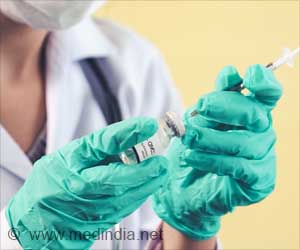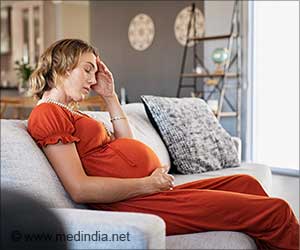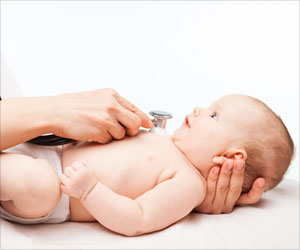There is a need for early detection or recognition of stroke in children so that immediate medical help can be rendered to enable the maximum possible recovery.
There is a need for early detection or recognition of stroke in children so that immediate medical help can be rendered to enable the maximum possible recovery. In fact, most of us feel that stroke, a manifestation of interrupted blood flow to the brain, only occurs in adults. The truth is that it can occur in infants and young children.
The presence of neurological symptoms in the child such as difficulty in walking, or using the arm should raise suspicion of stroke. While it is important for parents to recognize the condition, it is equally important for pediatric caregivers to diagnose the condition so that appropriate treatment can be instituted to prevent irreversible brain damage.Children with sickle cell anemia (a defect in which the normally round red blood cells become sickle shaped) are at an increased risk of stroke as a result of obstruction in the normal blood flow. It is also likely to occur in children with whiplash injury to the neck as a result of arterial damage and increased risk of blood clot formation.
The first line of action for parents would be to call an ambulance and transport the child to a hospital that has the capacity to assess and treat the emergency situation. Health care providers and other paramedical staff have to be alerted about stroke among children, brought to the emergency department.
It has been found out from a study conducted by Dr. Ichord, in association with the American Stroke Association, that delays were very common in the diagnosis of stroke in children that could have a significant impact on the treatment outcome. Nearly 12 children, with a diagnosis of acute arterial ischemic stroke were taken up for the study. All of the study participants had a positive history of either difficulty in walking or one-sided paralysis.
A significant delay of 24 hours was seen between establishment of a definitive diagnosis and initiation of immediate stroke specific treatment. 'The faster we can recognize and diagnose stroke, the more quickly we can apply effective treatment. The first treatment involves neuroprotective measures, which include maintaining adequate blood pressure, and supplying fluids and appropriate medication. Later, the patient may need aggressive physical rehabilitation, 'concluded Dr. Ichord.
More research is clearly indicated to analyze the possible causes of stroke in children and to spread awareness about pediatric stroke.
Advertisement











